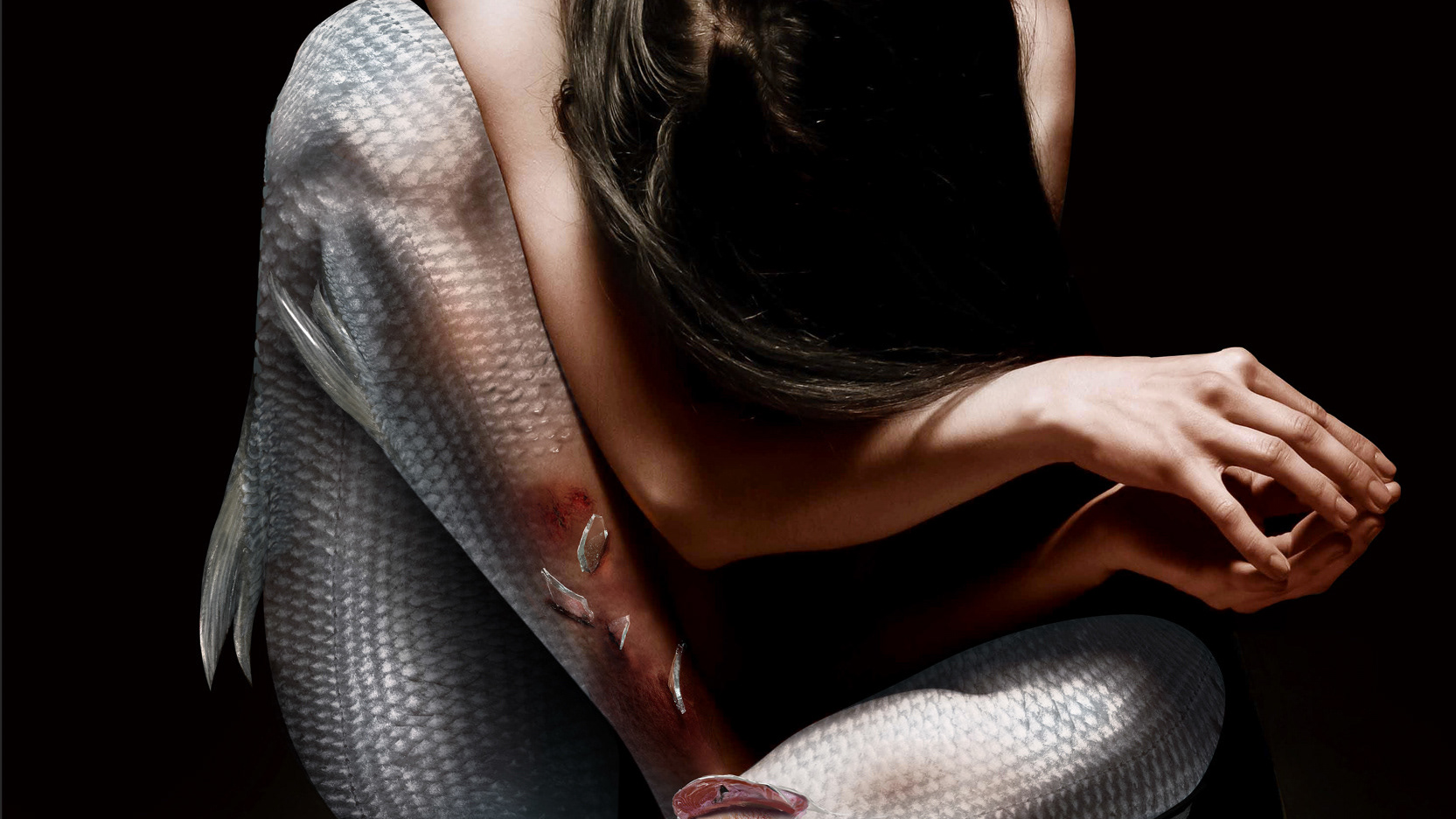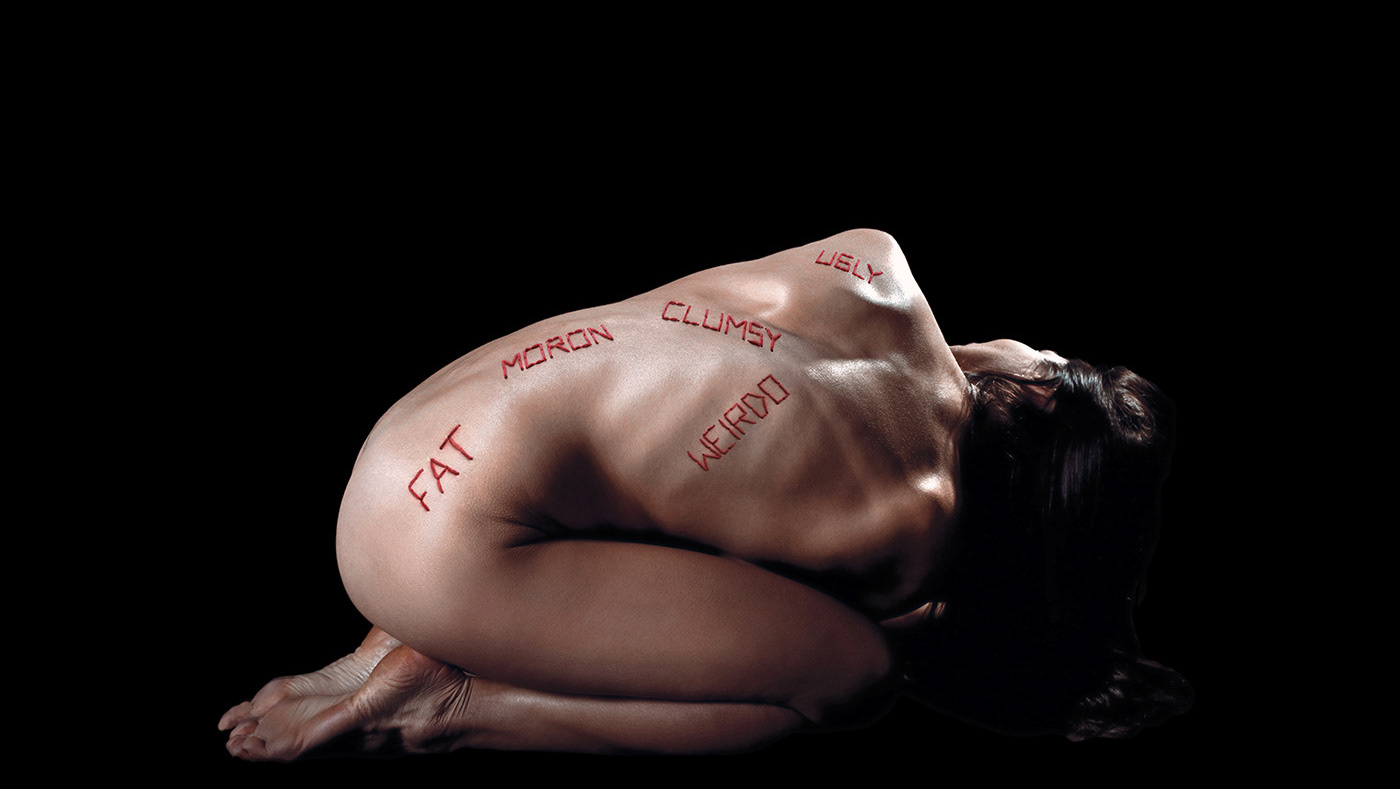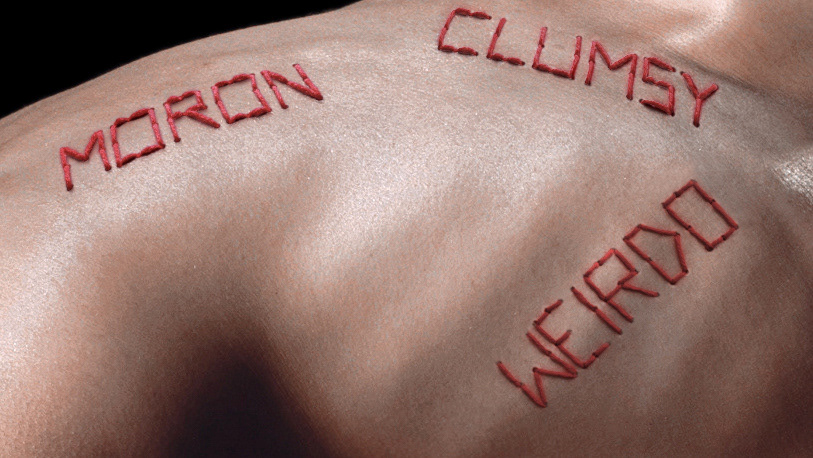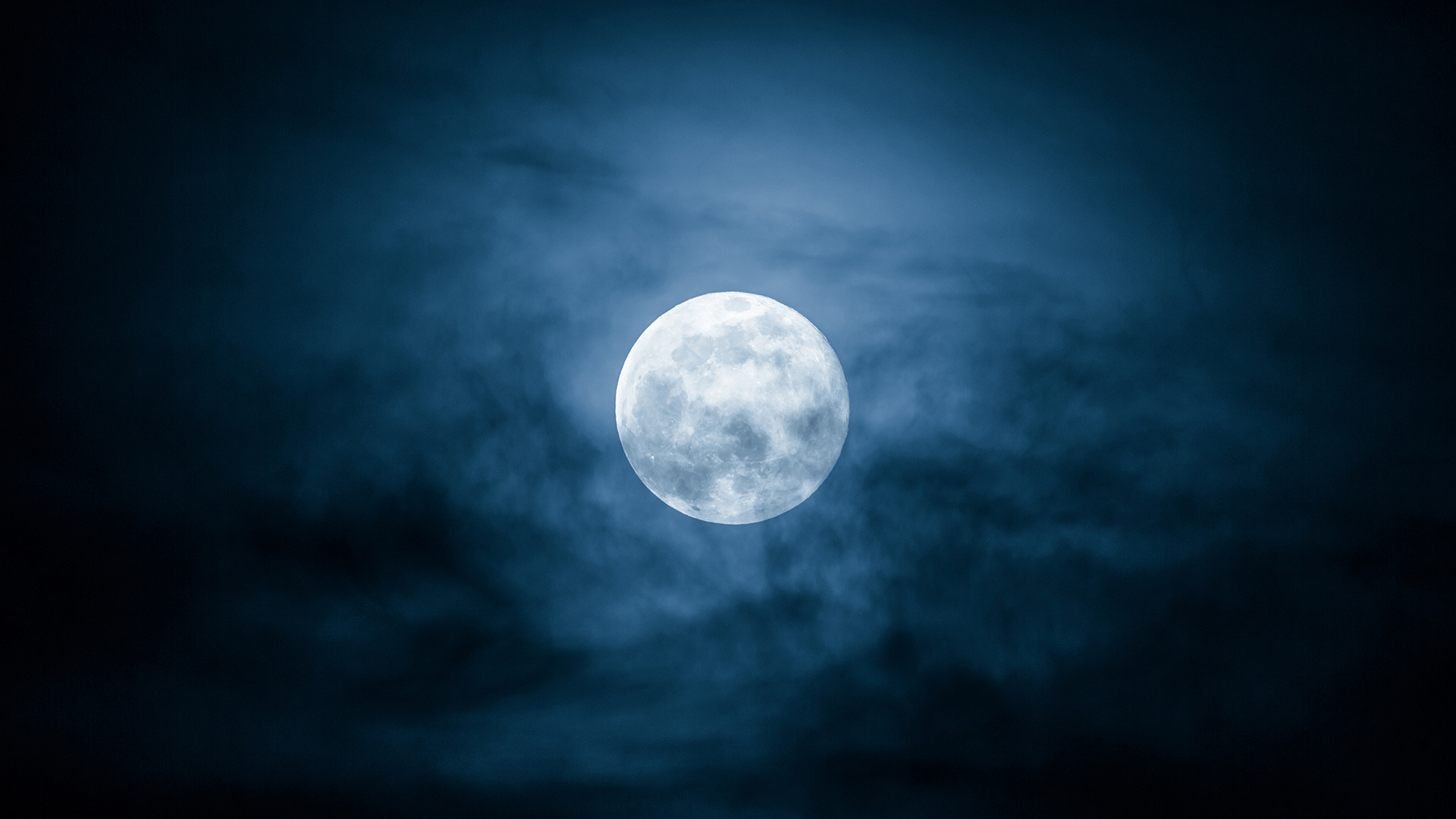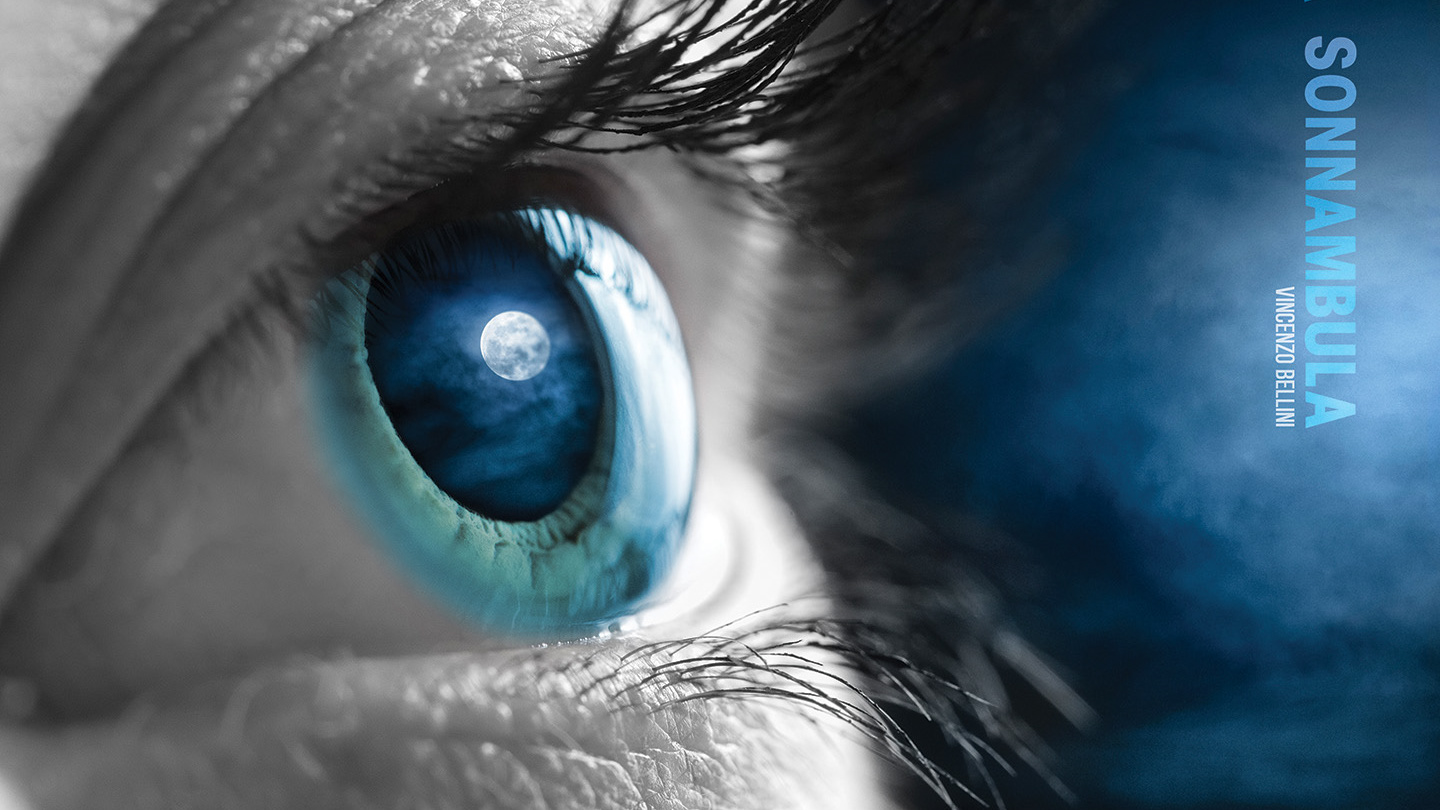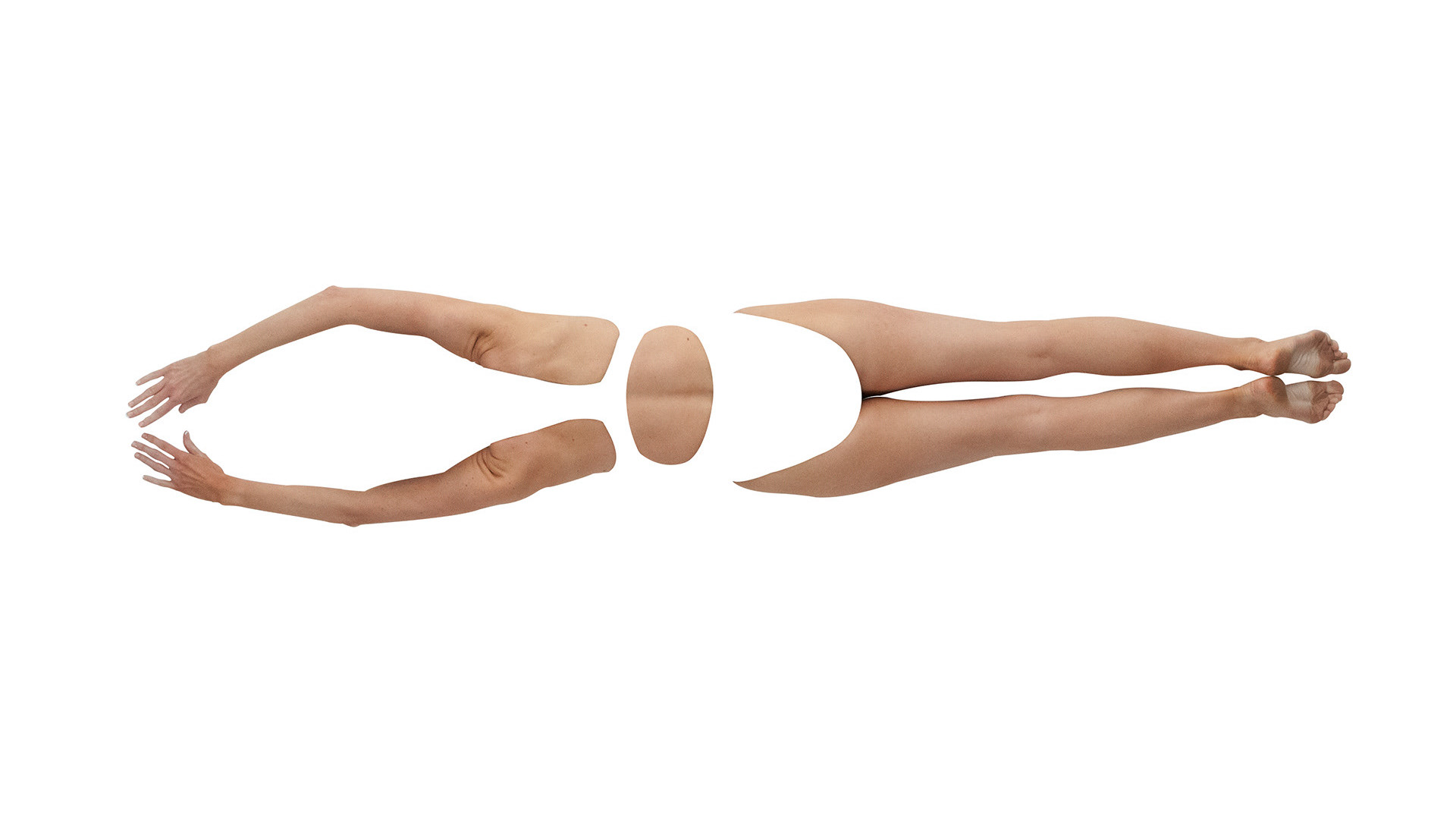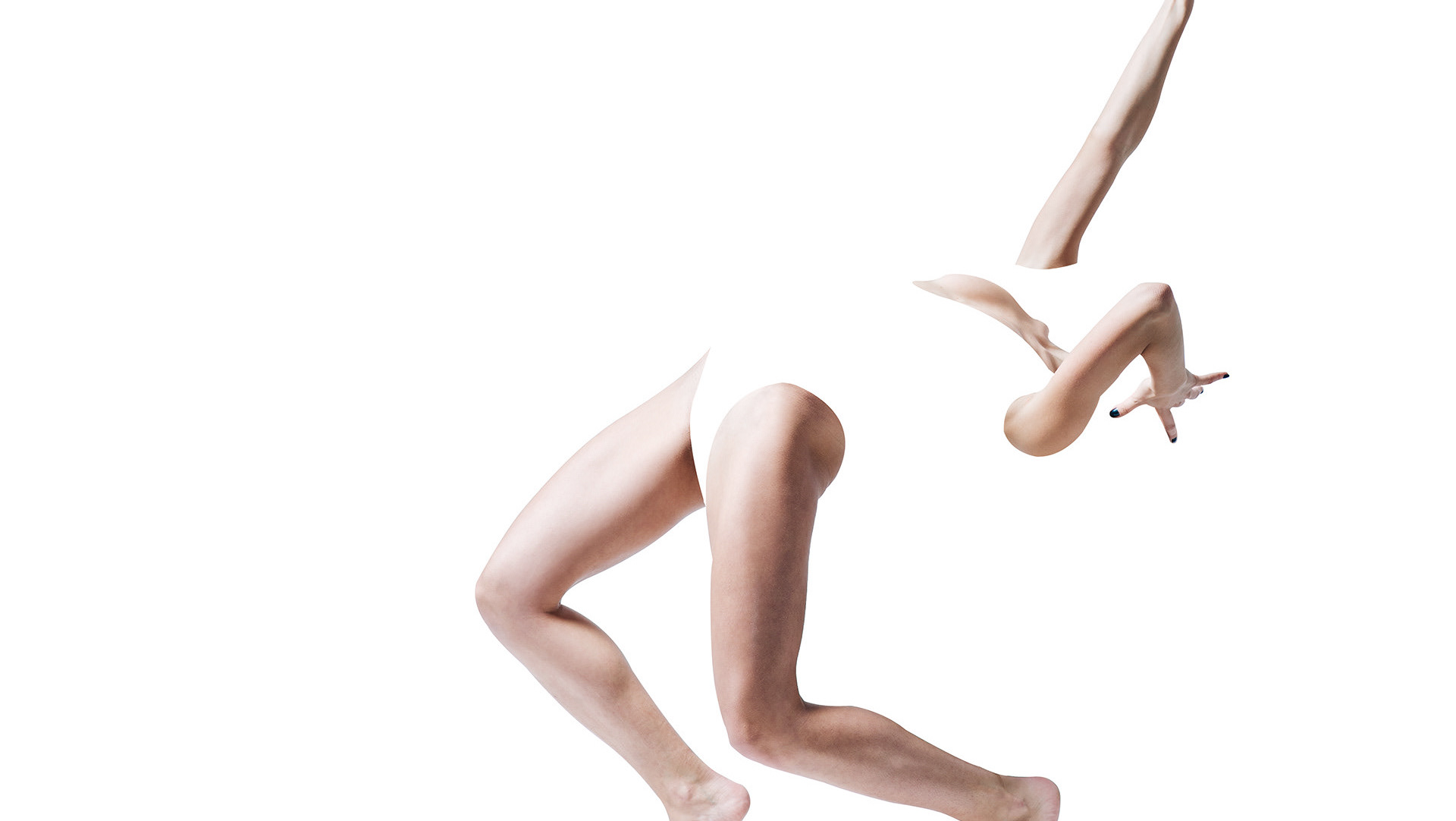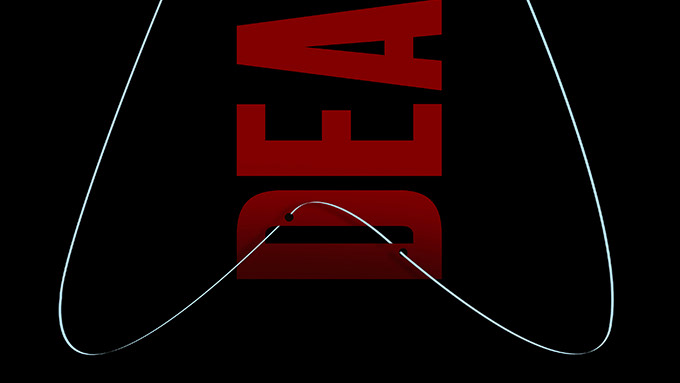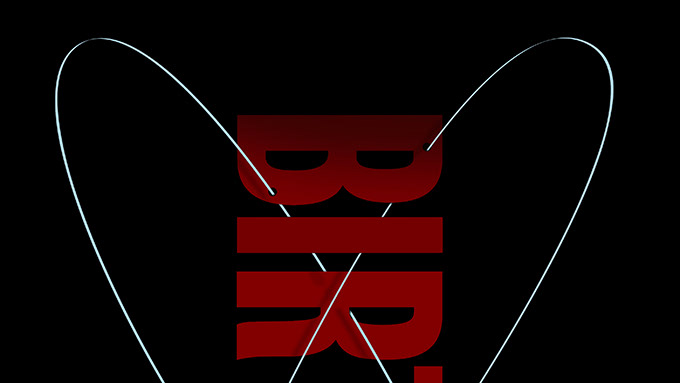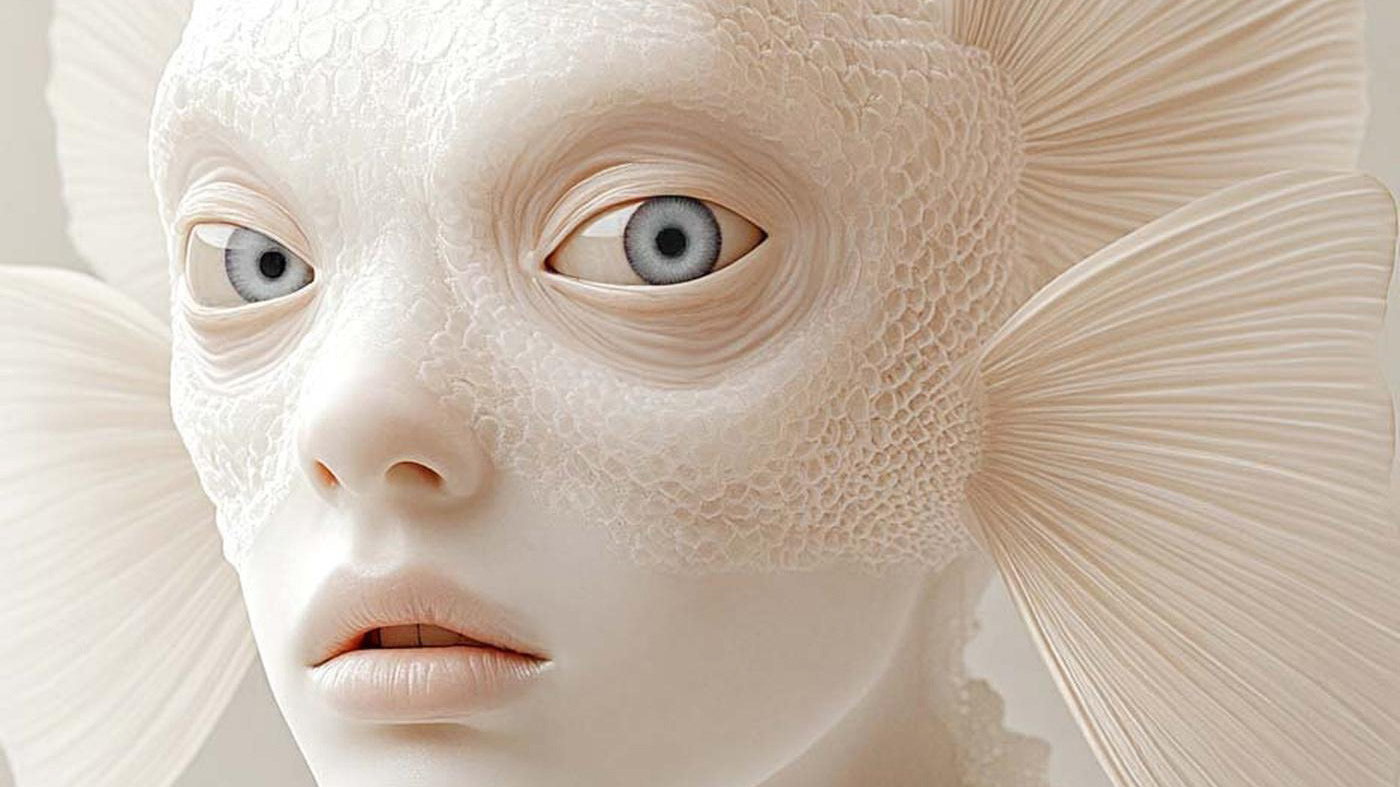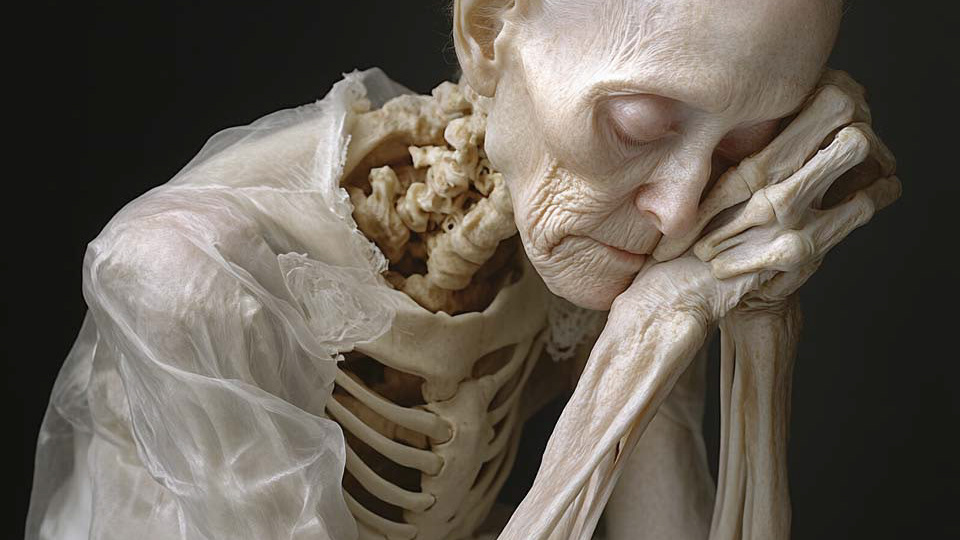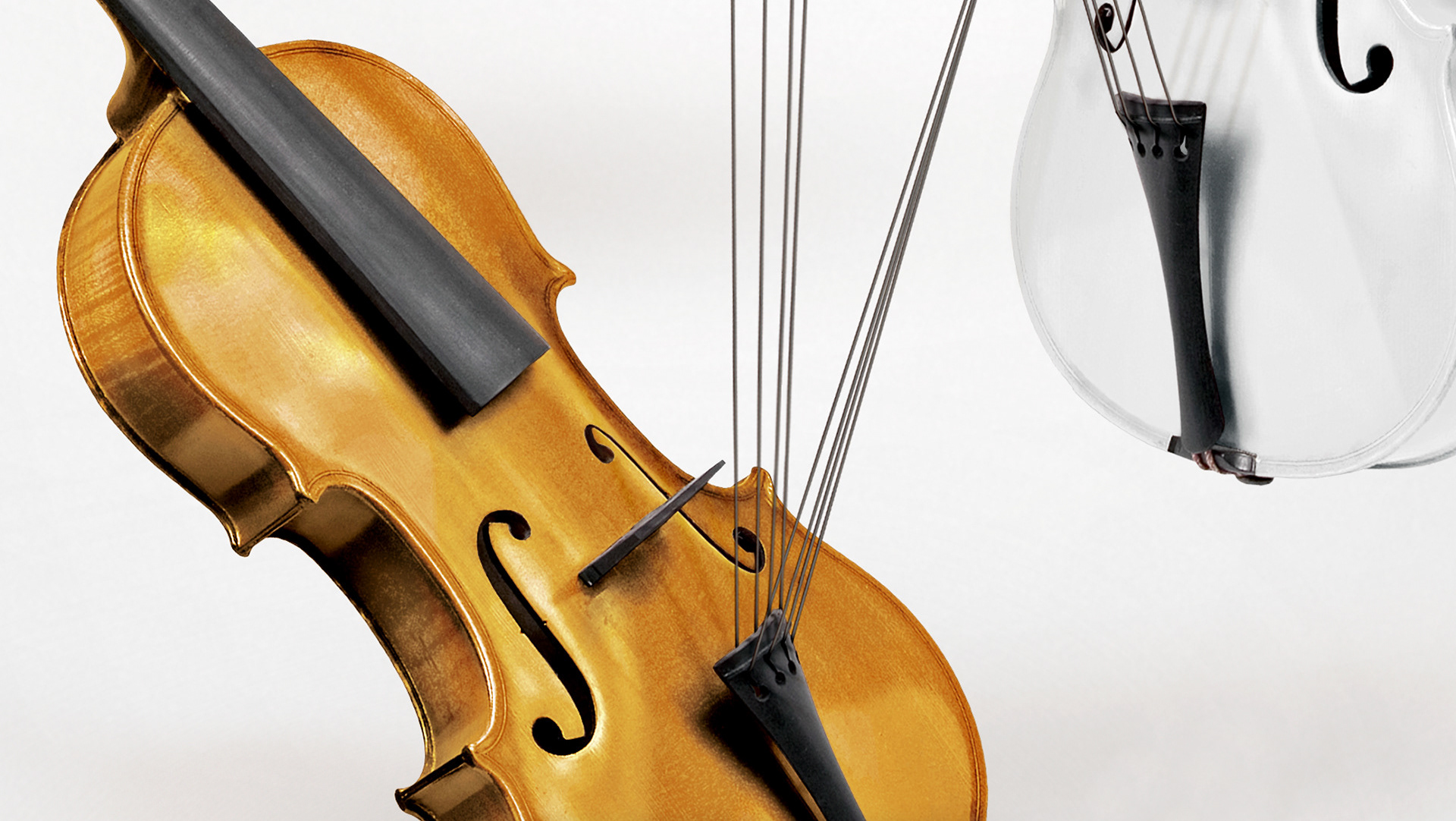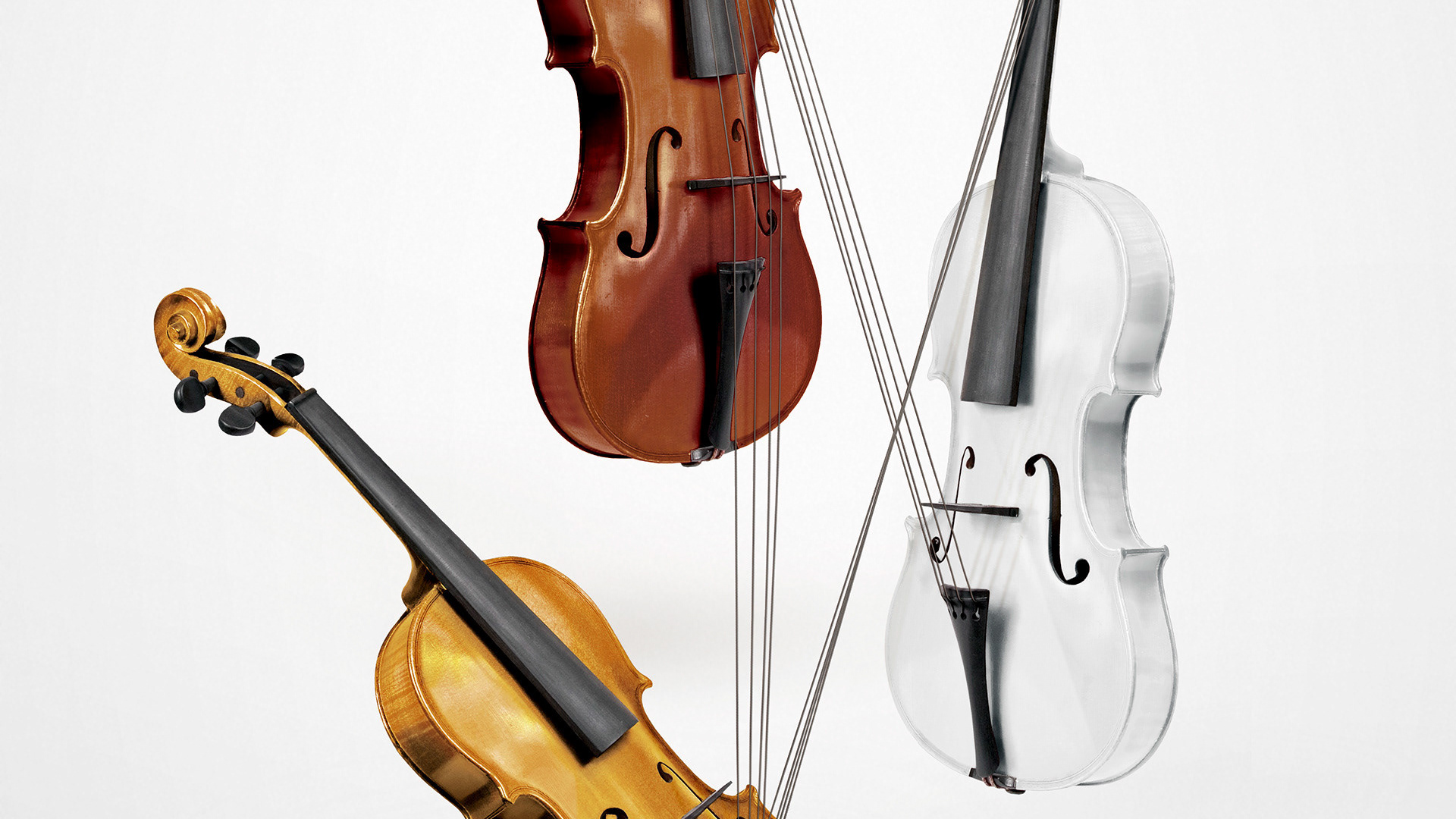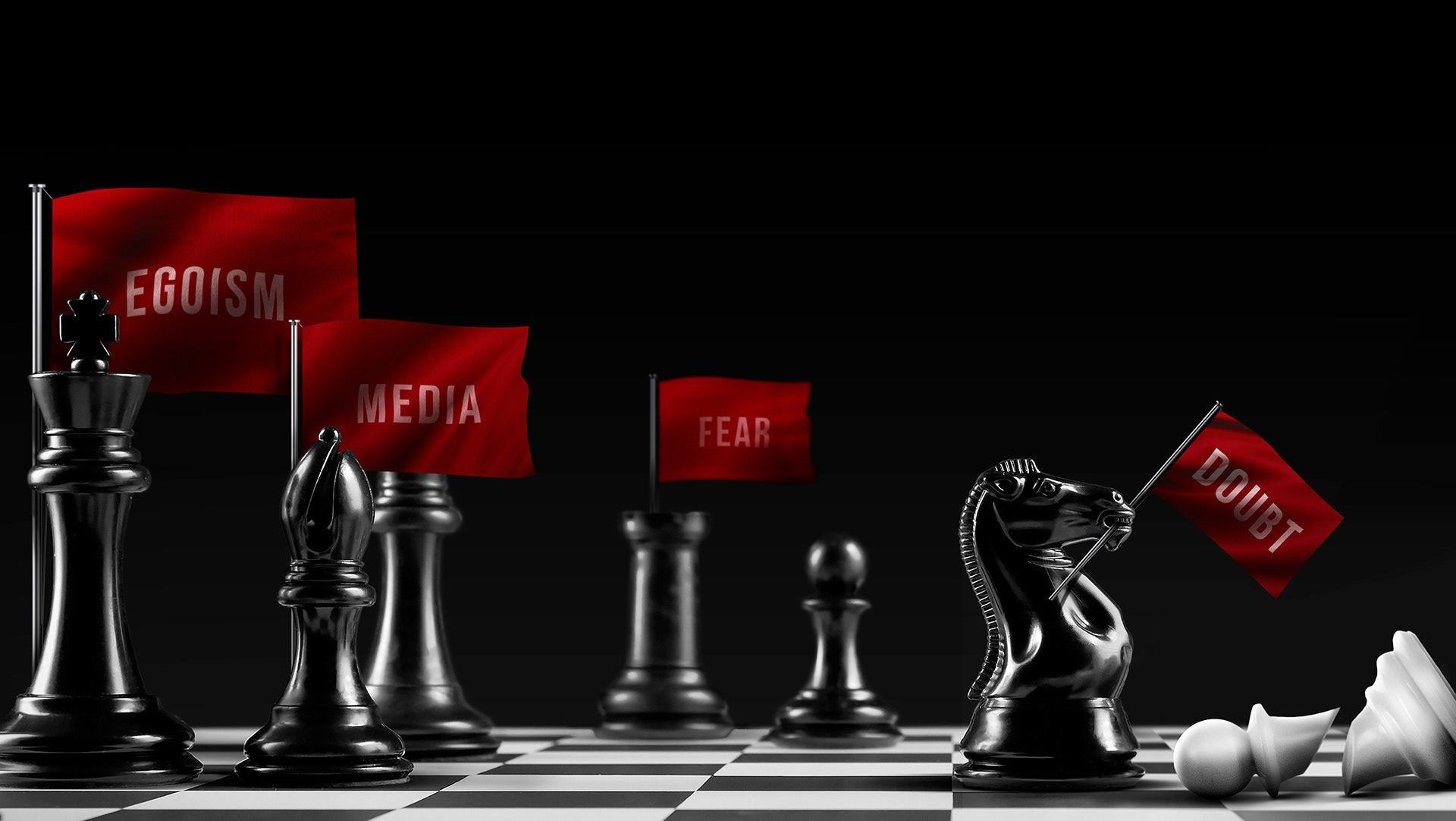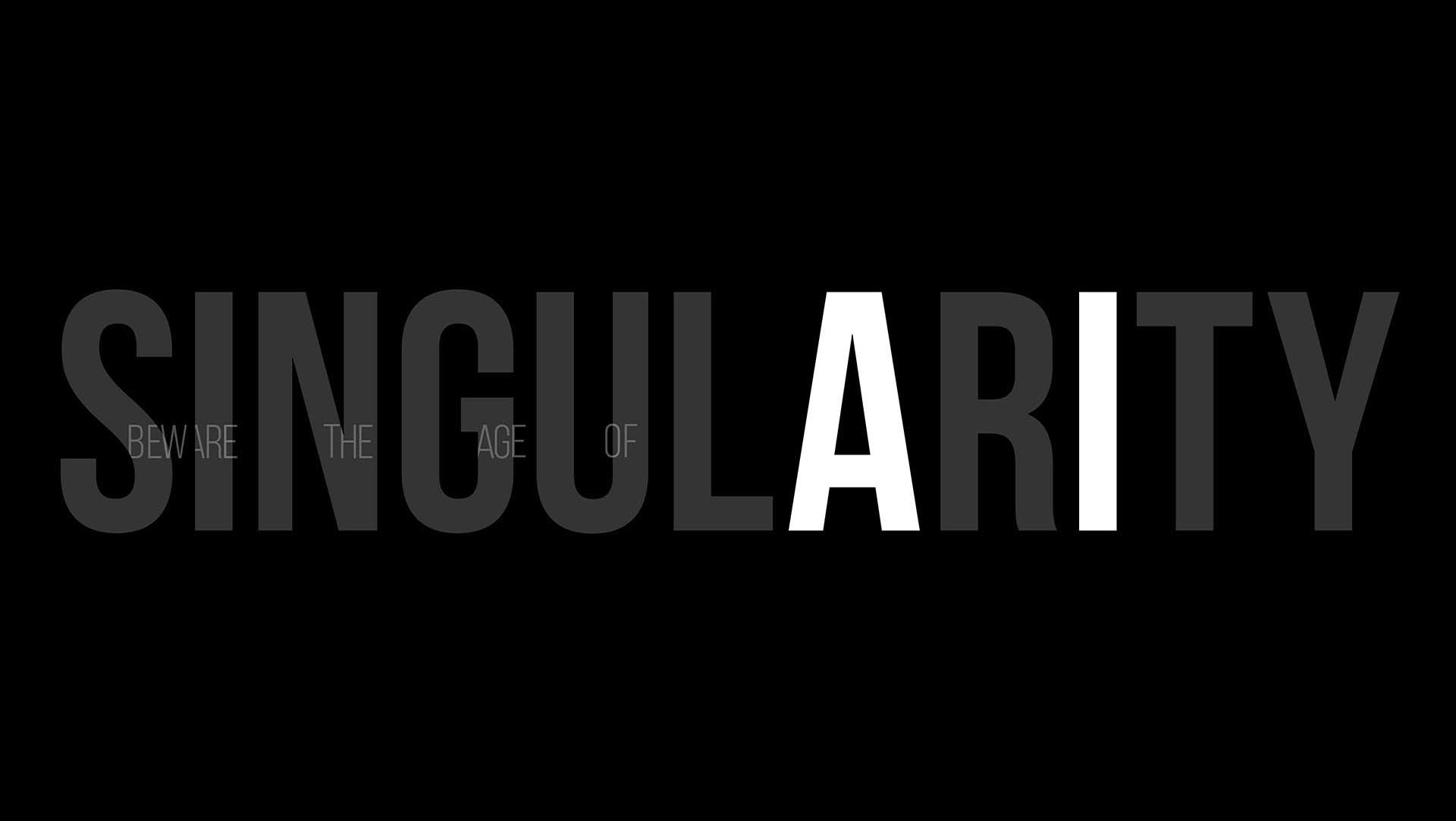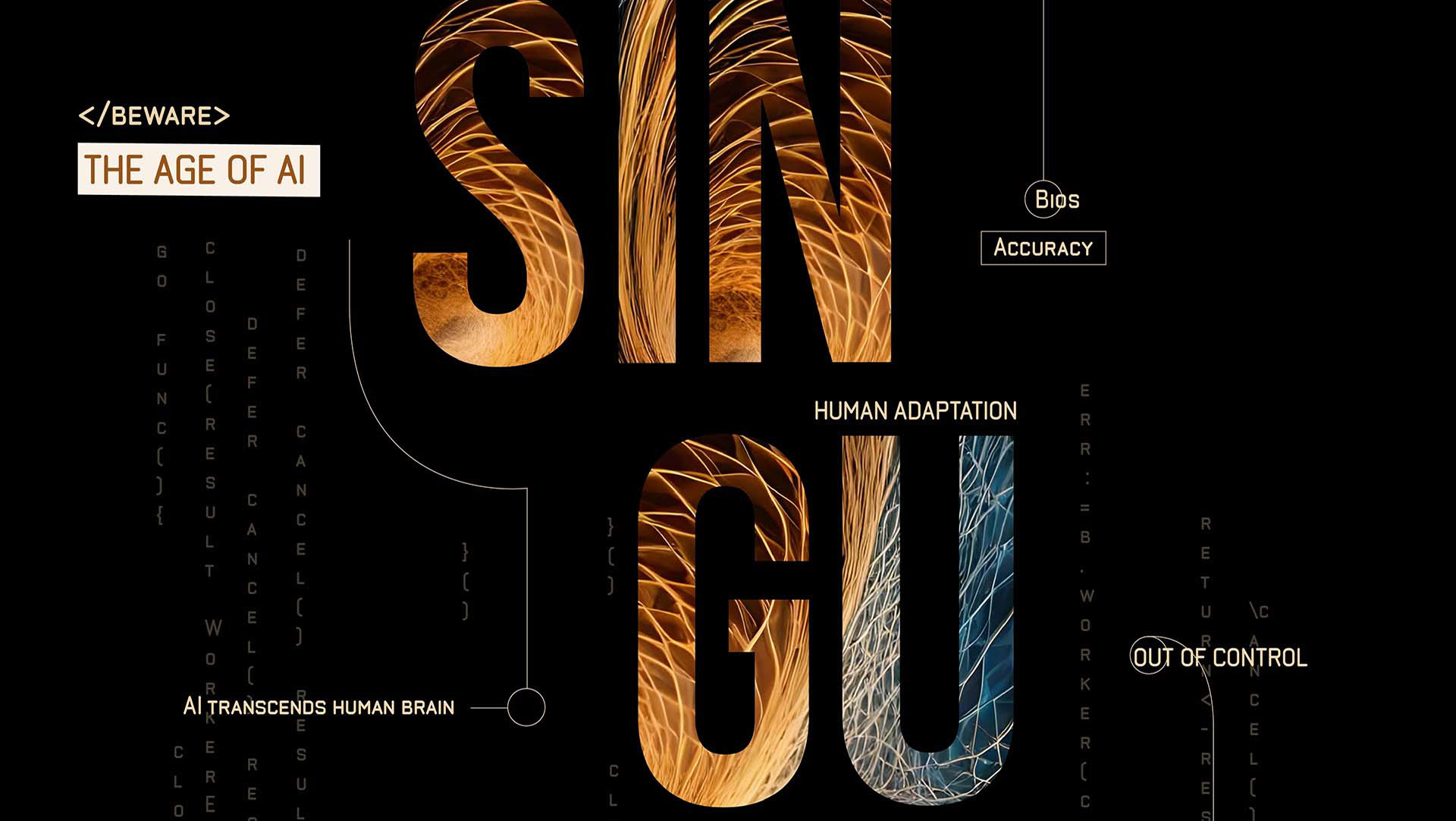Beautiful Mistakes
In the past few months, I’ve been exploring GEN-AI creative tools, with a focus on Midjourney. So much has changed since its launch just two years ago that its evolution is almost unrecognizable. The tool’s quality, capabilities, and potential are so spectacular that it will inevitably become part of our workflow.
I’m still figuring out how to leverage AI in my design process while keeping my old tools—and, more importantly, my voice and style. And yes, I’m still grappling with the question: Whose artwork is it, anyway?
By the same token, I’ve found that many of the so-called “mistakes” generated by Midjourney turn out to be perfect in their imperfection. they make the outcome feel more HUMAN. More exciting. They evoke emotions. They provoke curiosity. They feel authentic in an otherwise non-authentic process. And they lack that synthetic, sterile polish—that overly refined, artificial look—that many GEN-AI outputs still carry.
Some of these mistakes struck me so deeply that I’ve built new projects around them. In fact, I’m now leaning into deliberate mistakes within Midjourney as a new layer in my creative process. They’ve become like mood boards—leading me on unexpected, exciting ideas.
After all, we don’t fully control how Midjourney renders and interprets prompts—it’s a shared process between us and the AI. So, why not lose control completely? Why not amplify the algorithms and crank up the volume on the weird, the raw, and the unpolished? The results can be wildly inspiring.
It was the brilliant MILES DAVIS who said:
“DO NOT FEAR MISTAKES. THERE ARE NONE.”
Enclosed is a selection of beautiful mistakes—created in Midjourney and left raw, uncut, and unedited:
In the past few months, I’ve been exploring GEN-AI creative tools, with a focus on Midjourney. So much has changed since its launch just two years ago that its evolution is almost unrecognizable. The tool’s quality, capabilities, and potential are so spectacular that it will inevitably become part of our workflow.
I’m still figuring out how to leverage AI in my design process while keeping my old tools—and, more importantly, my voice and style. And yes, I’m still grappling with the question: Whose artwork is it, anyway?
By the same token, I’ve found that many of the so-called “mistakes” generated by Midjourney turn out to be perfect in their imperfection. they make the outcome feel more HUMAN. More exciting. They evoke emotions. They provoke curiosity. They feel authentic in an otherwise non-authentic process. And they lack that synthetic, sterile polish—that overly refined, artificial look—that many GEN-AI outputs still carry.
Some of these mistakes struck me so deeply that I’ve built new projects around them. In fact, I’m now leaning into deliberate mistakes within Midjourney as a new layer in my creative process. They’ve become like mood boards—leading me on unexpected, exciting ideas.
After all, we don’t fully control how Midjourney renders and interprets prompts—it’s a shared process between us and the AI. So, why not lose control completely? Why not amplify the algorithms and crank up the volume on the weird, the raw, and the unpolished? The results can be wildly inspiring.
It was the brilliant MILES DAVIS who said:
“DO NOT FEAR MISTAKES. THERE ARE NONE.”
Enclosed is a selection of beautiful mistakes—created in Midjourney and left raw, uncut, and unedited:

